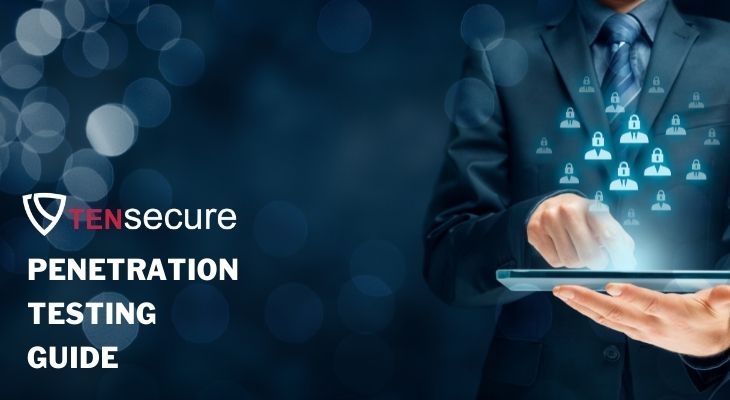
Pentesting or Penetration Testing involves the real time exploitation through simulation against any network or application or even complete infrastructure of any organization of the business. The process includes security assessment at each and every stage of transaction inside that application or network or infrastructure. Tensecure does complete reporting of vulnerabilities with proper remediation tactics and mitigation strategies.
Still not able to understand why your business require pentesting service? Then check below all major reasons to know:
Businesses facing regular downtime might be because of misconfigured servers or infrastructure leading to system crashes consistently. Pentesting allows to identify the misconfigured policies and reconfigure them in secure way. This helps a business to be available to customers all the time which eventually helps in increased revenue as compared to when regular downtime occurs.
Data breaches not only exposes the weakness of your systems but also ruins the reputation of businesses. Best Penetration testing services help the businesses to keep their organization`s image safe and maintain customer loyalty.
The most important reason to get the best penetration testing service for your organization is to understand the security of your system. Pentest allows us to measure the risk and threat ratio based on the ability of our system to resist any attack. When we implement all the security standards before being compromised, we become more trusted and secure.
Tensecure expertise in penetration testing gives us an edge over the rest of the companies in the market due to highly specialized team of experienced professionals from Cyber Security domain.
We are capable of following different types of approaches for penetration testing services depending upon the needs of client:
White box pentesters initiate the approach by static analysis and debugging, although they too require tools and dynamic methodologies in the process. It will help save time and lower the total price of a participation. This evaluation is helpful for simulating a concentrated attack on a particular system utilizing as much attack vectors as you possibly can.
Tensecure White box pentesting approach helps your security team to calculate their risks better.
Black box penetration testing enables us to understand the threats and vulnerabilities which can be exploited from outside environment. Hence, it helps in dynamic analysis of the application or system for all the real-time instructions & functions running at that point of time.
This scenario is viewed as the very real, demonstrating the way an adversary without the interior knowledge could aim and compromise a organisation. But this tyically causes it to be the costly choice.
Quality Black box Pentesters need to be equipped with knowledge of automated tools & manual methodologies. Tensecure has a team of these type of pentesters for you.
For grey box approach, Tensecure basically requires login credentials. It can be evidenced by clients as the ideal balance between efficacy and credibility, hammering out potentially time consuming reconnaissance.
Exploration and mitigation of all the attacks that can occur due to the vulnerabilities present in the application. Tensecure follows a strict methodology while conducting Application Security Assessment. We provide the client with a baseline against which the quality of the assessment can be measured. Our methodology takes into consideration industry-wide statistic projects looking at the most vulnerable areas of application deployments, including the OWASP Top 10 and the SANS Top 25 Most Dangerous Software Errors.
An evaluation of cloud and system infrastructure, including firewalls, system servers and apparatus such as switches and routers. May be styled as an internal consciousness evaluation, focusing on resources inside the organization network, or even an outside penetration evaluation, targeting internet-facing infrastructure. To extent an evaluation, you’ll want to understand the amount of internal and outside IPs to be analyzed, network subnet dimensions and amount of internet sites.
An evaluation that specifically targets a organisation’s WLAN (wireless local area network), in addition to wireless protocols. It helps identify rogue access points, flaws in encryption and WPA vulnerabilities. To extent an participation, testers need to understand the amount of guest and wireless programs, locations and special SSIDs to be evaluated.
Overview of system assembles and configurations to spot mis-configurations across app and web servers, routers and firewalls. The amount of assembles, operating systems and applications servers to be assessed during testing is essential information to aid extent this kind of participation.
Need further assistance for any cybersecurity related issue?
Write to us at [email protected]
Hello my loved one! I wish to say that this article is amazing, nice written and
include almost all significant infos. I would like
to see extra posts like this .
Where there is a will, there is a way.